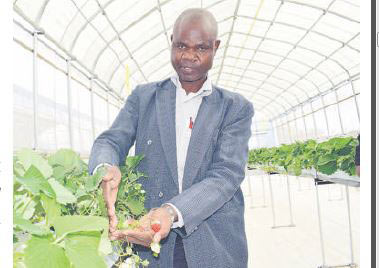×
The Standard e-Paper
Join Thousands Daily

Sometime in 2015, when all talk in farming corridors was the magic of greenhouses, Alexander Simiyu jumped onto the idea and invested in one of his own.
Just like many other farmers then, Mr Simiyu had heard of ‘magic houses’ where crops would grow unattended.